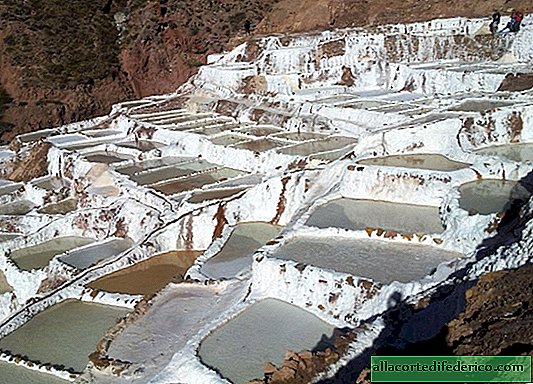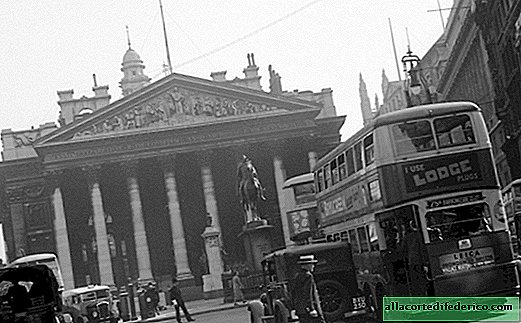How the Thames Barrier Protects London from Floods
London, located at the mouth of the Thames River, has repeatedly been the victim of devastating floods, the last of which occurred in 1953. But the cause of these disasters was not so much the river itself as the surge waves coming from the North Sea during stormy weather. And in order to protect the British capital from regular attacks from the sea, engineers built an original dam on the river called the Thames Barrier, which does not interfere with navigation, but prevents flooding in the city.

The construction of this facility began in 1974, and the engineer of the dam concept was engineer Charles Reginald Draper. 10 years after the start of construction, in May 1984, the grand opening of the Thames Barrier took place, attended by Queen Elizabeth II herself.

The Thames Barrier consists of 9 concrete poles and 10 movable gates, which are at rest at the bottom of the river and allow vessels to freely pass the Barrier. But during a storm, when there is a risk of flooding, these gates rotate 90º, thereby blocking the river bed. This design is able to withstand a surge wave up to 7 meters high.


Since the Thames Barrier was put into operation, it has been closed more than 100 times. It’s hard to imagine how many troubles the surging waves would still bring to the inhabitants of London, if protective structures had not been built, because about 125 sq. Km of London’s area falls into the zone of possible flooding.

The Thames barrier, despite its purely practical function, has a very original appearance, and thousands of tourists come to see futuristic-style poles every year.


















